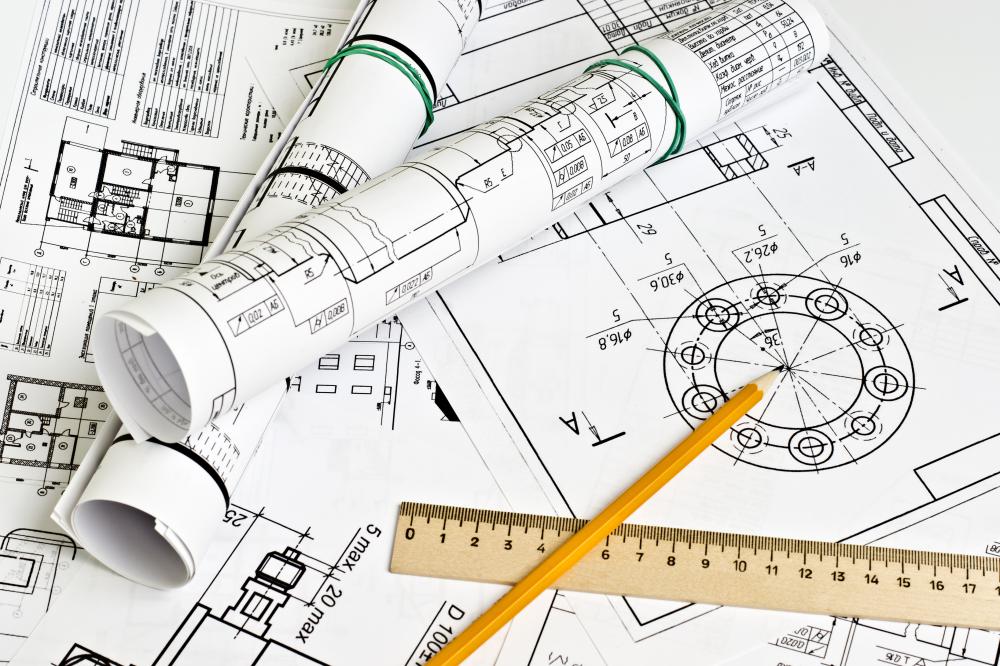At WiseGEEK, we're committed to delivering accurate, trustworthy information. Our expert-authored content is rigorously fact-checked and sourced from credible authorities. Discover how we uphold the highest standards in providing you with reliable knowledge.
How Do I Become a Fabricator?
Most fabricator will require that you have at least a high school diploma or an equivalent certificate and training. This is a physical profession, and training is essential to be able to use the various tools required to transform metal, build, cut, and put together different products. There are college courses and vocational schools that can teach you the skills needed to become a fabricator, and most employers will prefer that you have previous experience in this field. Aside from educational aids, some candidates opt to work in entry level fabrication positions in order to gain experience.
One of the most common degrees acquired to enter this field is an associate's degree of applied science in welding and fabrication. Before working directly on your area of expertise, you will need to take basic science and math courses as prerequisites for advanced coursework. Some advanced classes that you may want to consider include fabrication tools, welding and fabrication safety, blueprints, layout and development, and other hands-on coursework that can help you become a fabricator.

Training programs are usually a series of certification courses required to work in many jurisdictions. These programs focus mainly on welding and assembly, and provide students with the necessary requirements needed to achieve certification. There are several levels of certification, and most students opt to follow through the advanced welding coursework in order to obtain higher level licensing. The primary difference in these training programs are the job opportunities available upon completion. Advanced programs will help you become a fabricator who may have higher paying job options and additional career advancement opportunities.

These programs generally cover welding safety and accident prevention, oxy-fuel welding, shielded metal arc welding, welding blueprints and diagrams, gas tungsten arc welding, cutting, and brazing. Due to the physical nature of this work, you may need to be physically fit and have a decent bill of health. After completing training and other necessary coursework, most positions will offer additional training to familiarize you with the company's specific workload.

Once you have become a fabricator, there are continuing education courses, seminars, and workshops to ensure that you remain up-to-date on all industrial innovations. Keeping up with the modernization of tools and equipment will be important throughout your career due to the technological complexity of this field. Other skills that may be required are computer skills, technical writing abilities, and advanced mathematics, which will all depend on the position you choose.
AS FEATURED ON:
AS FEATURED ON:













Discuss this Article
Post your comments